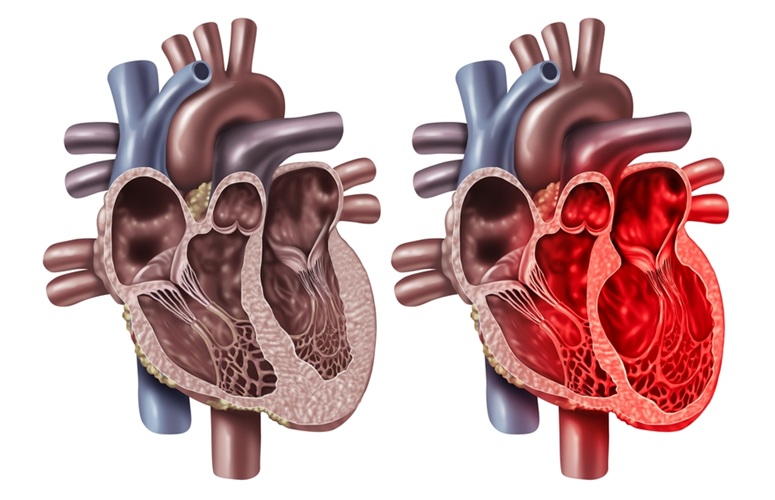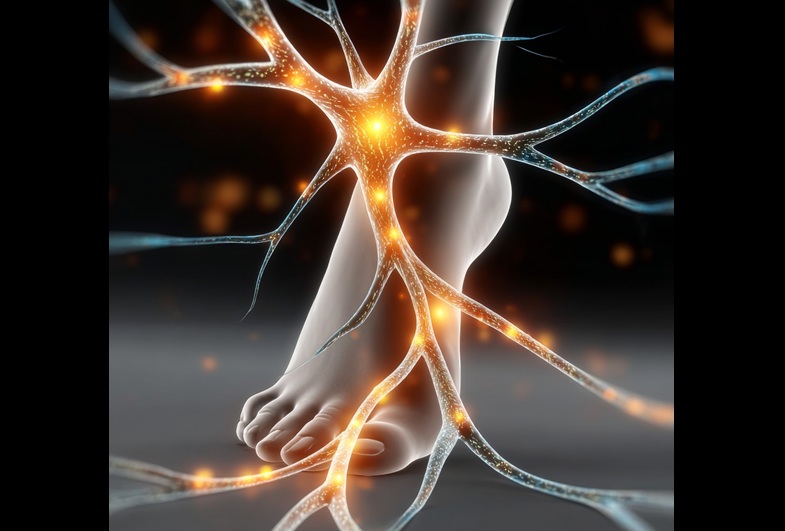Blood Markers and ECG Patterns Could Provide Early Warning for Hidden Heart Risks in ICUs
Posted on 20 Aug 2025
Takotsubo cardiomyopathy (TTS), also known as Broken Heart syndrome, is a serious heart condition that mimics a heart attack but is triggered by extreme physical or emotional stress. It causes temporary changes in how the left ventricle pumps and, if untreated, can lead to life-threatening complications such as fluid buildup in the lungs, cardiac arrest, or sudden death. In intensive care units (ICUs), the syndrome is often overlooked due to a lack of clear clinical pathways, putting critically ill patients at greater risk. Now, new research reveals that using electrocardiogram (ECG) patterns and blood markers could provide an early warning system for TTS in ICU patients.
The research by the University of South Australia (Adelaide, Australia) highlights gaps in ICU-specific TTS assessment practices, suggesting that developing a tailored clinical pathway, followed by validation, could support early recognition and management of TTS in ICU settings, enabling timely intervention and enhancing patient outcomes.. The study also emphasizes the role of critical care nurses with advanced ECG skills, who can detect subtle changes during routine checks and alert medical teams promptly.

The researchers conducted a review of the diagnostic strategies currently used to distinguish TTS from other cardiac events. Fourteen studies relied on ECG patterns, eleven examined blood biomarkers, and five employed heart imaging to capture temporary changes in cardiac function. The findings, published in Science Direct, demonstrate that integrating these tools into a structured clinical pathway could significantly improve recognition and timely treatment of the condition in critically ill patients.
Reported cases of TTS in ICUs vary from 1.5% to 28%, suggesting that inconsistent detection contributes to underdiagnosis. By combining existing diagnostic methods into an ICU-specific clinical pathway, the study proposes a model for earlier intervention. The research team has already developed a proposed pathway, which is now under review by clinical teams before implementation. This work underlines the importance of empowering ICU staff, particularly critical care nurses, to identify early signs of Takotsubo syndrome. Establishing standardized pathways would ensure timely treatment and reduce preventable complications.
“Early recognition can be the difference between recovery and a potentially fatal complication. We have the tools – now we need to integrate them into ICU care,” said Vicky Visvanathan, lead researcher and critical care nurse at the University of South Australia.
Related Links:
University of South Australia














